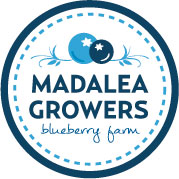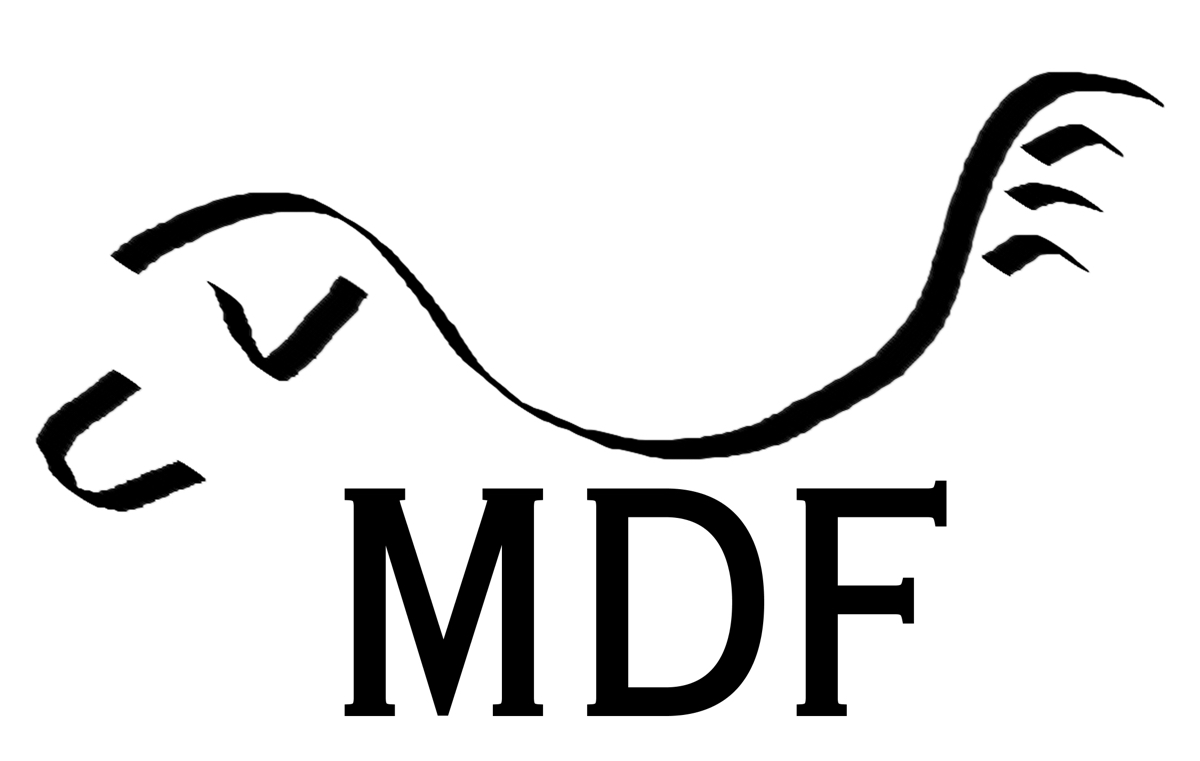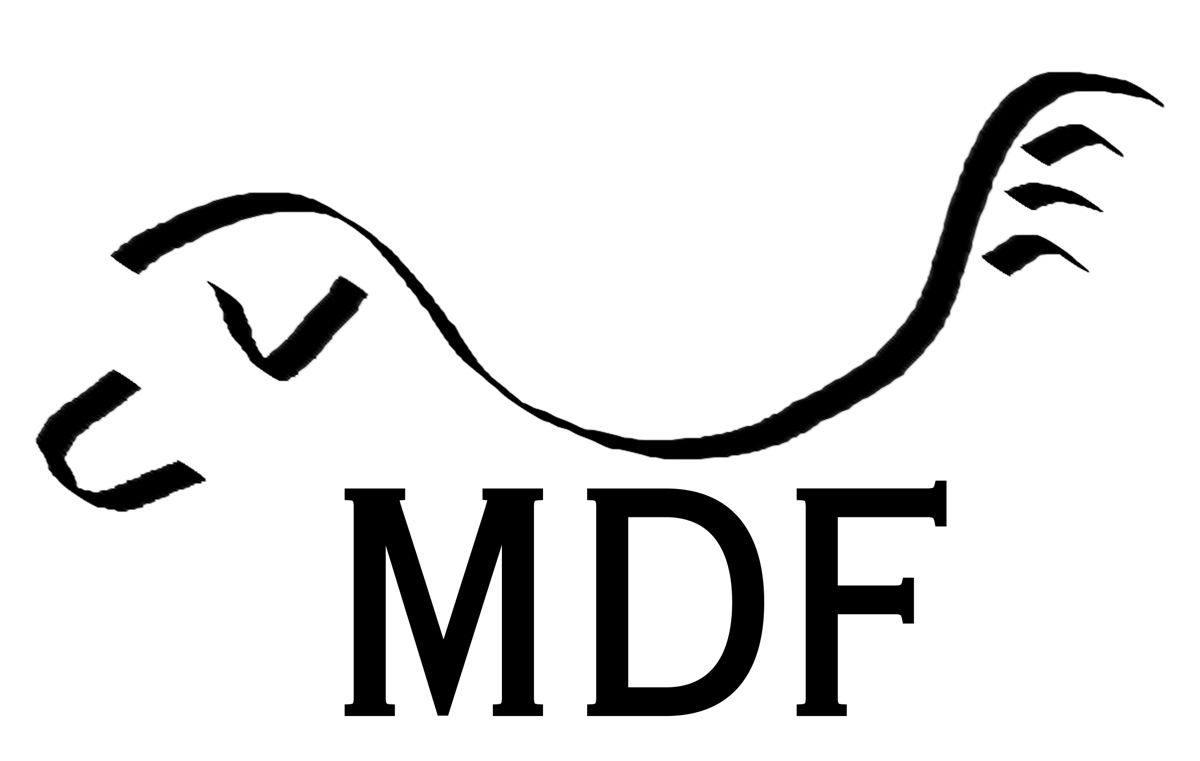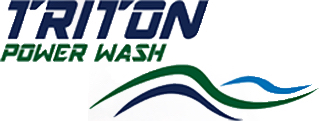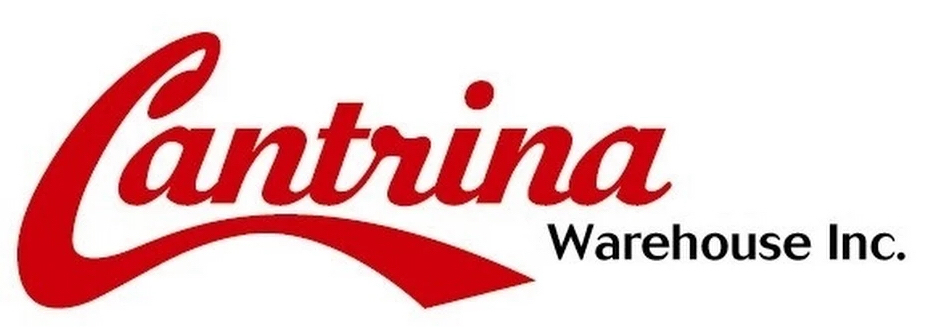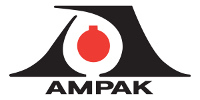Information
-
Location Address
-
Madalea Growers Ltd. 233 Riverside Road Mara, BC V0E 2K0
GENERAL INFORMATION
-
Assessor's Name & ID Number.
-
Name(s) of PIC/person(s) in charge.
-
Date and Time Assessment was commenced.
-
Date and Time Assessment was completed.
TRAINING AND CERTIFICATIONS
-
Food Safety Training Log On File.
-
Photo most current Training Record.
-
Other Certifications.
-
Photograph other Certifications (Canada GAP, etc.)
INTEGRATED PEST CONTROL
-
Contracted to Pest Control Company.
-
Name and address of Pest Control Service or Licensed person if self-implemented.
-
Date of last service.
-
Pest control records available.
-
Pest control units not located in food production areas.
-
No evidence of insects or pests is present in Packing Area.
-
Screens are on open windows and doors are in good repair in Packing Area.
-
Door sweeps in Packing Area restrict the passage of pests.
-
Building restricts access to pests.
TRACEABILITY AND RECALL PROGRAMS
-
Is a full Traceability Program in place that documents seed origin, direct distribution and indirect distribution channels of product?
-
Is a Product Withdrawal/Product Recall Program in place?
-
Has a Withdrawal/Recall Event or Mock Recall been performed in the previous 90 days? Note: Mock Recalls are to be Performed a minimum of twice annually.
-
Document the Recall activity (notifications, causes, recall team meeting minutes, etc.).
ALLERGEN CONTROL
-
Allergen Control Policy in place.
-
All staff are trained on the known causes of food allergies and how to control them (note this may be part of the Food Safety Training Program).
-
All sources of potential allergen contamination minimized per Governmental Regulations.
PERSONNEL HYGIENE PRACTICES
-
Written Hygiene Policy in place (restricting the use of jewelry, finger nail length & polish).
-
Policy restricts smoking, tobacco use, eating, drinking, and chewing gum to employee break areas (strictly prohibited in Growing Area(s), Packing Area(s) and Storage Area(s)).
-
Employees wear proper uniform including proper shoes.
-
Hair restraint is worn.
-
Non-latex gloves available and used where necessary.
-
Hands are washed or gloves are changed at critical points.
HANDWASHING
-
Hand washing sinks/stations accessible, stocked with anti-microbial soap, sanitizer and disposable drying device operational/stocked, and supplied with potable water.
-
Staff wash hands in hand-washing sinks/stations only.
-
Staff observed washing hands between tasks.
-
Employees wash hands before starting work and returning from break.
HEALTH CONDITIONS
-
Staff Health Condition Policy in place.
-
No person with boils, sores, infections permitted if food areas.
-
Staff are required to report illness to management.
PROCUREMENT
-
All products are from an approved source.
-
Photograph/attach sample Certificates of Conformity from seed suppliers, packaging material suppliers, etc. All cleaning & sanitizing materials should have an MSDS sheet per WHMIS regulations.
-
Pallets Control Policy in place.
-
Pallets in good physical condition, clean and no evidence of possible cross-contamination.
-
All incoming product checked for potential of cross-contamination and allergenic contamination.
-
Policy in place for rejection of goods.
-
Documentation maintained for rejected materials.
-
Delivery Log Books Current and Maintained.
EQUIPMENT and BUILDING MAINTENANCE
-
Water quality meets Safety standards.
-
Document Water Quality Testing Results.
-
Regular maintenance maintained on critical equipment.
-
Adequate lighting.
-
No evidence of leaking pipes.
-
Building construction meets local safety codes.
-
Floors, walls and ceiling meets local safety codes.
-
No evidence of peeling or flaking paint.
-
Conveyors, Bins and Rack(s) are clean.
-
Pallets are maintained and clean.
-
Forklifts are clean, not leaking fluids, and solid.
-
Pallet jacks, carts and trolleys maintained.
-
Maintenance Records Maintained
-
Cleaning, Testing and Sorting Equipment clean & maintained.
-
Cleaning Solution tested and logged daily.
RELEASE PROCEDURES
-
Food is checked for food safety hazards.
-
Product is coded, dated and labeled as required.
-
Shipments are released by authorized personnel.
-
Condition of shipping truck is observed for sanitary condition and logged.
-
Shipping Logs are Current and Maintained
CLEANING and SANITIZING
-
Authorized cleaning compounds and sanitizers used.
-
Concentrations meet standards.
-
Chemicals are all properly labelled and stored in original containers only.
-
Equipment properly maintained.
-
Food contact surface cleaning schedule in place.
-
Floor and Walls cleaned.
-
Daily cleaning program in place.
-
Deep cleaning schedule in place.
-
Daily log Current and Maintained.
GARBAGE STORAGE and DISPOSAL
-
Refuse and garbage cans are clean and covered when not in use.
-
Garbage cans are emptied as necessary.
-
Boxes and containers are removed from site.
-
Dumpster area located away from processing area.
-
Dumpster lid(s) are closed.
-
Dumpster area is clean.
-
Staff wash hands after handling trash.
GROWING AREA(S)
-
Good Agricultural Practices (GAP) Manual Adopted.
-
A pre-season Food Safety Risk Assessment been conducted (evaluation of Physical, Chemical, Biological and Allergenic Hazards)
-
Photograph or attach a copy of evaluation.
-
Pre-Harvest Time Interval Procedures followed and documented (crop rotations, pesticide intervals etc.). Verify through GAP Audit.
-
All pesticides and fertilizers and their application are documented and applied per Agriculture Canada Codes (verify through GAP Audit).
-
The use of Bio Solids to crops is prohibited.
-
Document policy to eliminate bacterial contamination prior to harvest, eg application 90 days prior to harvest. Attach copy of written Policy.
-
No evidence of human or domestic animal fecal contamination.
-
Document contamination observed.
-
All water sources are tested for biological contaminants ( eg, e. coli, fecal coliforms) at least annually.
-
Document Lab Test results for each water source.
HARVEST
-
Pre-Harvest Risk Assessment conducted within 7 days of harvest.
-
Document Risk Assessment.
Field Sanitation Information
-
Adequate Field Sanitation Units (1 for every 20 workers & within 5 minutes walking distance).
-
Field Sanitation Units are stocked, clean and emptied on a regular schedule.
-
All hand washing stations are in or near Field Sanitation Units.
-
Policy for product destruction in place when exposed to bodily fluids.
-
All equipment used for harvest is in good repair, cleaned & sanitized by written schedule.
-
Document schedule.
-
Field packed product is coded appropriately and marked with "Picked On" date.
-
Reusable harvesting containers are food-grade and are cleaned & sanitized daily. (Cleaning schedule documented).
-
If wooden bins are used, there is a Wooden Bin Policy in place (documents cleaning and condition of bins; any bins in need of repair or are suspect to cause possible cross-contamination are to be removed from service...similar to Pallet Control Policy).
-
All product contact surfaces are cleanable and capable of being sanitized.
-
All harvested product is is free from contamination/adulteration.
PACKINGHOUSE/COOLER/COLD STORAGE AND PROCESSING
-
HACCP-Based Food Safety Program In Place (an enhanced Canada GAP program for example).
-
Hazard Analysis conducted and documented.
-
Critical Control Points identified and Logged.
-
List Program Logs and Frequencies.
-
Ambient Storage Observation.
-
FIFO Maintained (first in first out).
-
Adequate air circulation.
-
All food and paper supplies are 15cm/6" off the floor.
-
Food is stored at least 45cm/18" below sprinkler head(s).
-
Storage areas are well lit.
-
Protective light shields cover all light sources.
-
All surfaces and floors are clean.
-
Refrigerated Storage Areas
Refrigerated Area Observation
-
Observe cooler condition (cleanliness, sanitation and physical condition).
-
FIFO Maintained (first in first out).
-
Condensation observed.
-
Adequate air circulation.
-
All food is 15cm/6" off the floor.
-
Food is stored at least 45cm/18" below sprinkler head(s).
-
Refrigeration area well lit.
-
Protective light shields cover all light sources.
-
All surfaces and floors are clean.
-
Chemicals are stored away from food and other food related supplies.
-
Ambient and Refrigerated Log Books are Current and Maintained.
-
Physical Hazards are controlled by detection.
-
Describe Hazard Detection Process and Monitoring.
RECOMMENDATION
-
Facility meets HACCPCanada Pre-requisite & HACCP Program Standards
-
Select date
-
Additional Comments
SIGNATURES
-
Facility is APPROVED
-
Signature of PIC
-
Signature of Auditor
-
Select date
